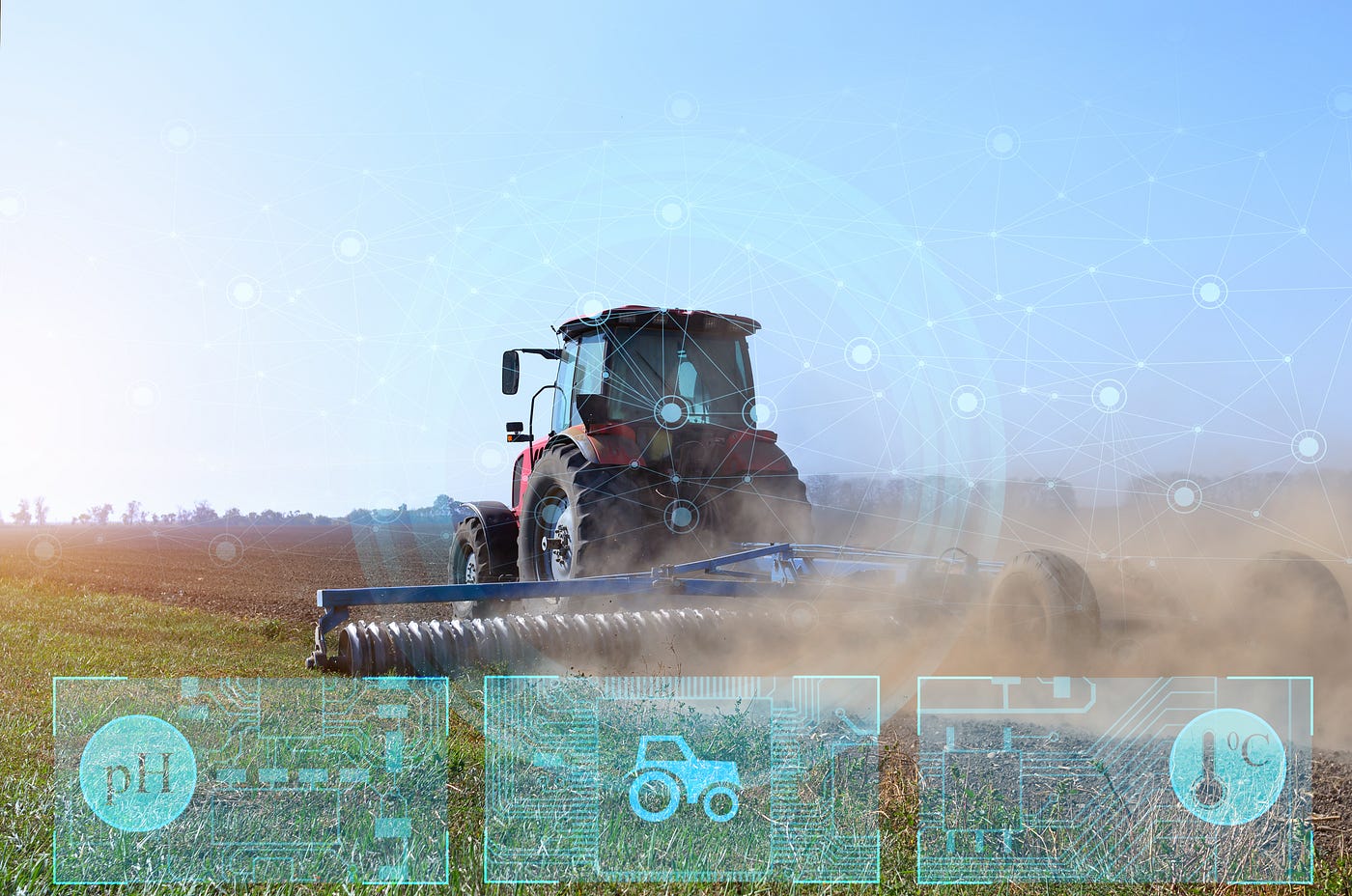The primitive era had land — rich wilderness upon which the first civilizations were built. The industrial era had giant steel machines capable of carrying humans across the globe to expand our influence. And what about this age? What will we use to change the world?
The answer, of course, is data. Information made of 1s and 0s that has the potential to be transformative in ways that are both auspicious and deeply invasive. We are no longer enigmas, no longer untraceable or unreachable even in the moments when we’d like to be. A human being is flesh and blood but also continuous pings of data emitted into the world. An average person in the US is a bundle of 75,000 data points that can be sold from one company to the next.
Paper scrolls and stone tablets have given way to silicon chips and the cloud. Digital storage systems now hold over 90% of data produced — a number that was 25% as little as 22 years ago. And the amount of information created is growing each minute. Last year alone saw the creation of 79 zettabytes, with a single zettabyte equaling 10²¹ bytes. Having access to this information can mean the difference between whether or not a political campaign is successful, and whether or not a company grows or goes under.
The world of big data is a play of light and shadows: it’s at once about knowing an individual but also about generalizing and herding people into a group. It’s about details but also the bigger picture. It’s about safety and at the same time vulnerability and invasion of privacy.
How can we expect this great engine of commerce and contradiction to change our future?
Language

Countries are no longer islands. Cultures today influence one another through social media, business, and travel. We watch movies shot overseas and translated into English through subtitles. We translate emails to business partners in the countries where we hope to expand. We meet lovers, get an education, and explore in a world where thousands of languages and dialects are spoken. Flipping through pages in a dictionary is no longer enough.
To create the language tools we use today billions of translations from over 200 million people were analyzed. And they are far from perfect — grammatical mistakes and mixed meanings are rampant. Yet as the amount of data available to machines explodes these translations will become increasingly accurate. Efforts between data, computing power, and feedback from humans can make translations that are much more capable and natural.
But the translations themselves aren’t the only thing that will improve. So too will the robotic, inelegant voices of our virtual assistants. By studying frequency, intensity, wavelength, and vocal properties in the field of bioacoustic engineering our virtual assistants will begin to sound more human. They will also be able to juggle not only between a couple languages at a time but several, making it possible to hold a meeting with representatives from dozens of different backgrounds.
This could rapidly accelerate the rate of globalization even in hard to reach places, but so too will it mean the probable death of an entire profession. Translators will be replaced by software engineers. English will no longer be the global language for business. Instead, countries will adopt machine translation.
Food
According to reports from the Food and Agriculture Organization, we are far from our goals of defeating world hunger by 2030. Rates of undernourishment increased from 8.4% in 2019 to 9.9% in 2020. This means around 800 million people went hungry in 2020 with the vast majority of them living in Asia and Africa. Time is not on our side. A worsening environment, political tension, and a growing population are not going to make it easy to produce enough food to feed the world.
To solve this we turn to a junction between big data and agriculture. Precision agriculture, as it’s called, will take into account weather, air quality, water, nitrogen, and other conditions relevant to each individual square inch of farmland. This farmland will be embedded with sensors that, together with weather forecasts and GPS, will be processed by an algorithm that can in turn guide farmers on how best to cultivate their crops.
Even now farming is no longer a primitive act involving calloused hands, dirt, and seeds. Today farming equipment is made of mega-machines complete with tablet interfaces and a software directing tractors on where to go. Machines are not driven by farmers — they are driven by information from the soil and the sky. If these tractors had access to even more information regarding the conditions of the soil, customized fertilizer could be made for every section of land to help it reach its optimal performance.

Already the world’s largest agricultural companies are investing billions of dollars into farm analytics, hoping to increase crop production by a significant percent. One example of these investments is an algorithm known as FieldScripts. The algorithm takes information about a farm’s history, boundaries, and fertility tests to create management zones. These zones then receive tailored instructions for what kind of seeds, how many, and when exactly they should be planted. A planter distributes the seeds to their respective management zones.
In the coming decades agricultural companies could transform themselves into technological ones. Even the smallest farms can benefit from precision agriculture as the hardware costs will be minimal. Most of the expense will come in the form of subscriptions to cloud-based algorithms. So too could precision farming be beneficial to the environment by allowing us to greatly reduce the amount of dangerous chemicals we put into the fields. Reduced chemicals in the field means reduced amounts in the air and water. Higher yield, less damage.
Finance

The vast majority of shares traded daily are done through the black-box method. This involves having computer algorithms trade shares using information about share prices, quantity, and timing. In the world of retail banking, meanwhile, big data aims to produce more efficient distribution, supply, and financial services for companies and their customers. This marriage between finance and technology is appropriately called “fintech”.
New fintech systems will replace those that are currently in charge of things like loan processing and account monitoring. And it seems that institutions are highly interested in making the transformation. In 2008, $930 million was made in global investments to fintech. By 2021 this number reached $210 billion. Startup companies that can help banks better serve their customers are becoming increasingly valuable. Sometimes, however, these startups see traditional banks as competition instead of partners.
New technology banks would focus on people and make it easier for them to open accounts and manage their money, in the process aiming to replace banks that have so far failed to use big data to their advantage. These new institutions would also make it easier for people to get loans and pay them back at a very low interest rate. Fintech startups claim they are able to better judge whether or not a customer should be eligible for a loan by gathering data on their customer’s transactions. This includes transactions made through card, check, cash, and relevant data like the location of their business and their financial trends. These can dictate whether or not a customer might be able to pay back their loan. Fintech startups have been able to lend customers over $100 million in their first year of operation.
It’s all about more insight and better management. A bank, after all, can be seen as a data company that manages loans, credit, liabilities — contracts that represent an increase or decrease in money. If a data company fails to use data to improve their services, that company then becomes obsolete.
War
Perhaps the biggest problem with using big data in the field of war is that technology never remains exclusive for long. Like the recipe for a nuclear bomb, clever tools we create to give us an advantage over our enemies can be copied and recreated to work against us.
In this case big data is being used to kill a larger number of enemies and to keep more of our soldiers safe by identifying which locations are more likely to be the site of an enemy ambush. New startups take a large amount of otherwise incomprehensible data — a series of numbers in a spreadsheet, for example — and transform it into simple, easy-to-read diagrams and charts. The goal is to have military personnel look at the data and be able to quickly understand it so that they can come up with an effective plan of action. These visualization tools also help find patterns that might escape an average person’s attention.
One of the companies specializing in this is called Palantir. Though the company itself is not exclusively for military use, a large percentage of its revenue comes from the field of defense. A history of their customers includes the FBI, NSA, and the US military. Their website promises that their software can help give their customers a tactical edge by “rapidly turning mountains of data into plans of action”. This promise was tested during US presence in Afghanistan and Iraq where Palantir used data regarding severity, time, and attack targets to identify patterns of risks and present it to officers as concise information with multidimensional maps. Since then the company’s software has been used in the war against drug cartels, cyber fraud, and roadside bombs.

But a technology that can be used to prevent fraud and war can also be used to incite it. In the realm of war there is never a clear hero nor a clear villain. Every side believes themselves to be using their weapons for the greater good. We must remember that when we use tools like big data and analyzation to paint a target on our enemies, the same can be done for us in return.
Holding onto technology is like holding onto water; eventually it finds a way out of our grasp.
Medicine

Now considered a field of big data because of the astounding amount of information produced, genomics is concerned with mapping and studying the complex world of human genomes. As this map grows more complete with each passing year, the opportunity for commercialization has presented itself. Private investment will go towards therapies, drugs, and diagnostics. Already the genomics market has a value of over $20 billion and continues to grow. The new products that could emerge are literally life-changing.
Companies like Personal Genome Diagnostics (PGDx) offer tailored and specialized care for people diagnosed with cancer. A sample of your spit and tumor are sent in from your oncologist’s office where a team at PGDx then cleans and prepares the samples to enter a sequencing machine. Within these machines your very cells become data, your genome reduced to gigabytes of information that reveal important details about the malicious life of your tumor — where proteins mutate and why your cancer is continuing to spread. From there the company can also suggest the drugs best suited to keep the mutations under control. Much of the time, however, the perfect drug for a specific patient simply doesn’t exist. Drug development moves at a rate too slow to keep up with genomics.
Approaching patients with tailored care instead of generalized treatment — such as chemotherapy which can eradicate cancer cells but takes an enormous toll on a patient’s physical and mental health — is what researchers believe to be key in lowering rates of cancer. Targeted therapy will necessarily involve technology and algorithms that can handle the bounty of data and pattern-finding that might otherwise be too much for an oncologist alone.
The ultimate goal of gathering all this information is to make designer drugs perfect for every person’s individual disease. This precision medicine has seen hundreds of millions of dollars in funding in order to develop drugs that are more potent and at the same time less destructive than traditional treatments.

The above represent only a portion of the many ways in which big data promises to influence the future of our society. It is invaluable in helping us find a path forward, one ripe with more food, a better environment, healthier lives, and institutions that better serve our needs. None of this comes without a cost. The data part of big data is leeched from us whether or not we consent to it, moved from one hand to another in a vague line which none of us can really follow. Children enter into the system at a young age as they leave traces of themselves in games, in school, in every doctor visit that they have. And while we enter so young, it is unclear if this is a system from which we can ever get out.
We are each of us quantified and cataloged. Privacy turned to progress.






























